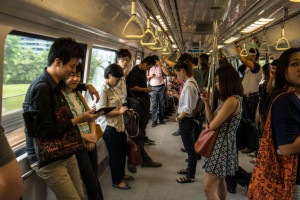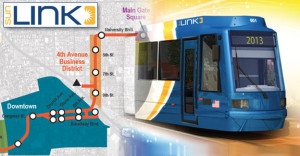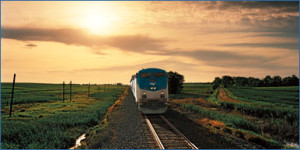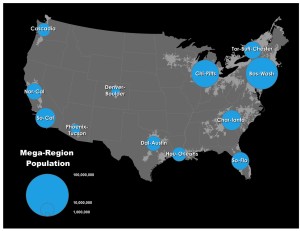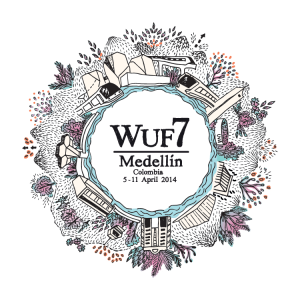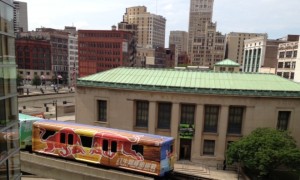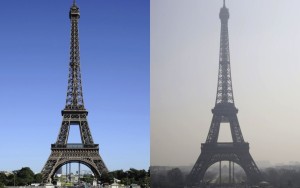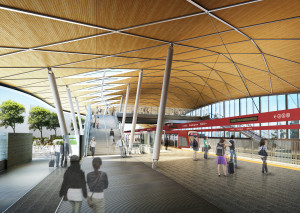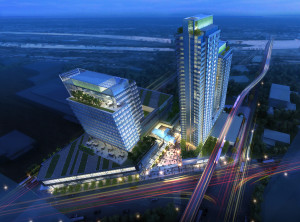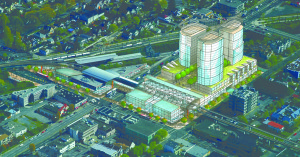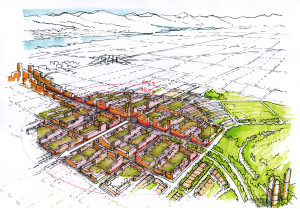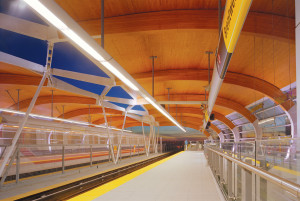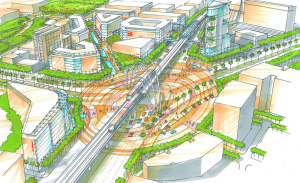New York. Toronto. San Francisco. Chicago. Great cities, with one thing in common. Their public transportation systems are a mess.
You probably know Richard Florida’s name. And if you don’t, you certain know the phrase he popularized: the Creative Class. In his 2002 book, The Rise of the Creative Class, Florida said that cities’ fortunes could be revived by appealing to smart, talented people — entrepreneurs, technology experts, artists, and creators of all kinds. These innovators could lead the way in putting cities back on their feet.
His idea worked. The only problem was, it left a lot of people behind. Now, Florida is back with his latest book, The New Urban Crisis. 
In it, he says that by ignoring the working class, service class and essentially the middle class in general, America’s cities are in big, big trouble. Some of them could be headed for confrontation well beyond what the Occupy movement generated.
Florida appeared before Ann Arbor SPARK, an conomic development group in Ann Arbor, Mich., last week, where I got a chance to catch up with him.
He says one of the biggest problems that cities face is the deterioration of the ways people get around. “Once a metropolitan area gets above 5 million people, the old way of growing, with single family homes and cars, seizes up. That platform of economic innovation will no longer work,” Florida says.
He went on, “We need to invest in transit. Lord God, come visit me in Toronto and try to get anywhere. It is gridlock. I go to Atlanta, it’s gridlock, Miami, it’s gridlock, Washington, it’s gridlock, Boston, it’s gridlock. New York, the whole thing is falling apart. Every day, the transit system is a nightmare.” Continue reading

